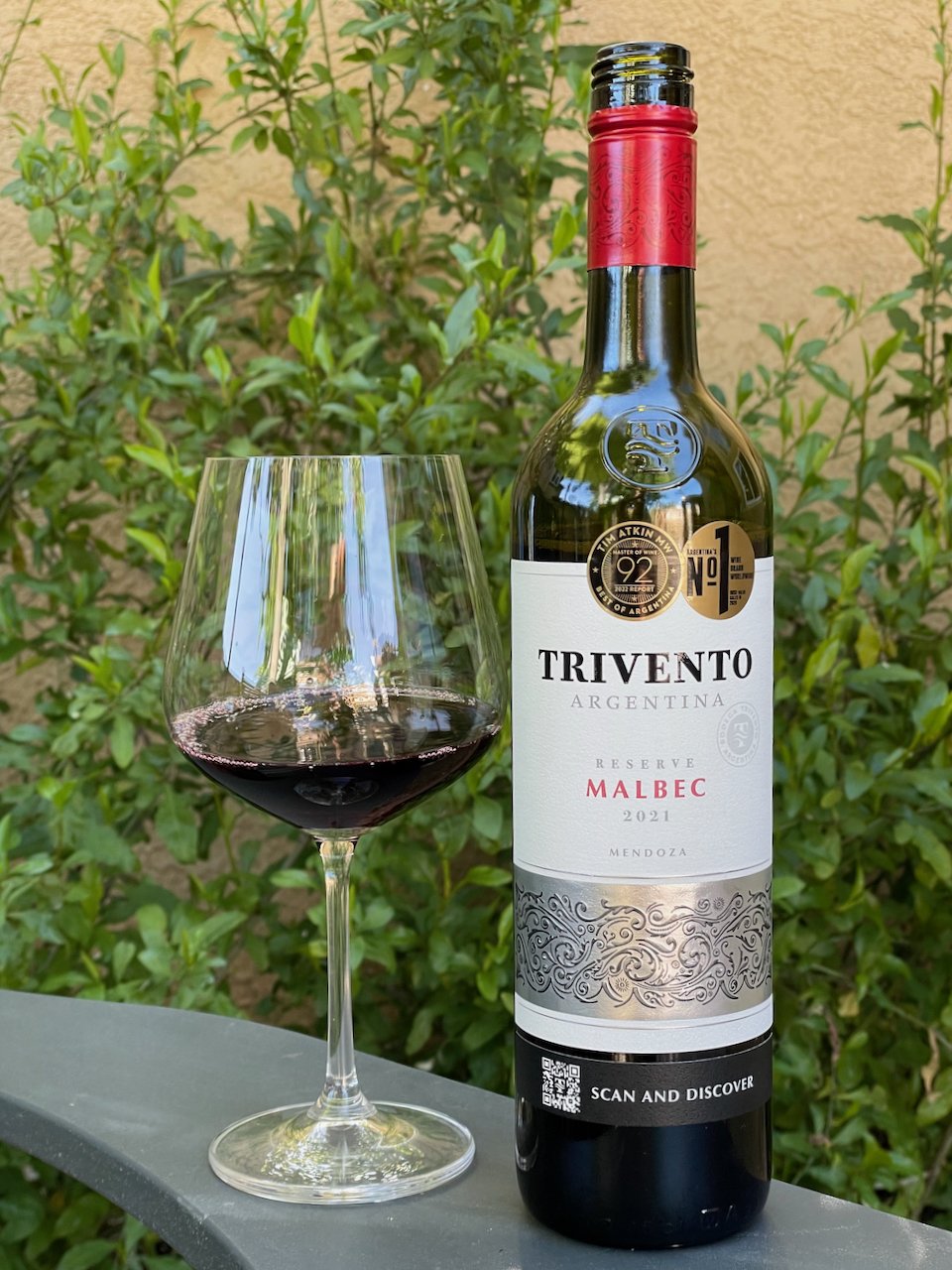The wine world will refer to a wine’s body, saying things like the wine is light-bodied, medium-bodied or full-bodied. And, while describing a wine’s body is common, it is not always well understood. So, what does wine body mean exactly and why should you care?
To sum it up in a few words, a wine’s body is a description of how bold or rich the wine tastes. And, this “simple” term is really associated with several characteristics of the wine:
The Grape Variety Used in the Wine - Grape varieties produce different bodied wines (see the examples below).
The Climate Where the Grapes are Grown: Typically, grapes grown in warm climates produce more full-bodied wines. These warm climates allow the grapes to become well-ripened, which means lots of natural sugar in the grapes.
Alcohol Level: The amount of sugar in a ripe grape is directly related to the level of alcohol produced during fermentation. Usually, wines with 14% alcohol or higher are described as more full-bodied.
Residual Sugar: Sugar that remains in a wine after fermentation can increase the body of a wine without actually tasting sweet. Residual Sugar (RS) levels in ‘dry’ wines are typically 1 - 10 grams per Liter (g/L).
Oak Aging: Wines that are aged in oak are typically more full-bodied. But, this depends on the type of oak used (new, used or neutral) and the amount of time the wine is aged in oak.
A Few Examples:
Light Bodied-White Wines - Sauvignon Blanc, Pinot Grigio (Pinot Gris), Albariño, Grenache Blanc, Vinho Verde and un-oaked Chardonnay.
Light-Bodied Red Wines - Rosé (yes, rosé is a red wine!), Gamay, Beaujolais Nouveau
Medium-Bodied White Wines - Gewürztraminer, Grüner Veltliner, Sémillon, Viognier and Chardonnay
Medium-Bodied Red Wines - Pinot Noir, Grenache, Carménère, Carignan, Barbera, Cabernet Franc, Sangiovese, Zinfandel, Rhône Blends of Grenache, Syrah & Mourvèdre (GSM), Merlot, Zinfandel
Full-Bodied White Wines - Chardonnay that is oaked and undergone Malolactic Conversion, Marsanne, Russane, Chenin Blanc
Full-Bodied Red Wines - Cabernet Sauvignon, Syrah, Petite Syrah, Malbec, Tempranillo, Petite Verdot, Tannat
Finally, understanding wine’s body is important to knowing how to pair wines with specific foods. We’ll get to that next time. Cheers!






